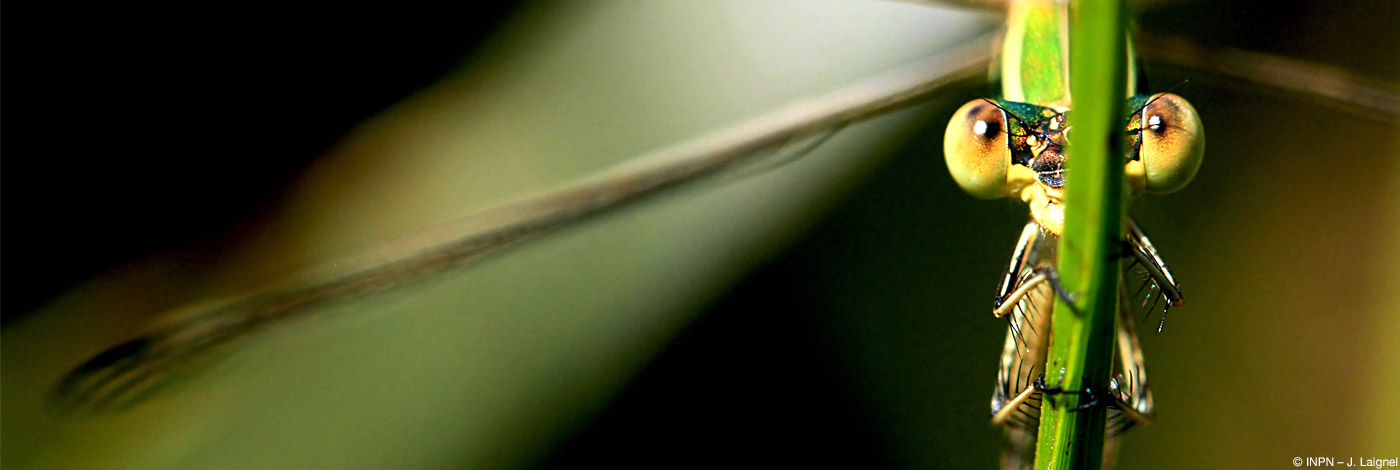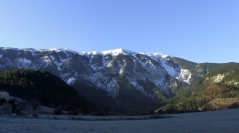

 Naturae
2017 (5) - Pages 1-28
Naturae
2017 (5) - Pages 1-28The Wilderness Area of Mount Ventoux, established in 2010, is an ideal study site owing to its variety of environments, at the crossroads of alpine and mediterranean influences. For this reason, the French National Forestry Office has planned and implemented an investigation agenda focusing on four fields: forest stands, birds, saproxylic beetles and fungal species. The analysis of the forest stands inventory has highlighted the richness of this reserve regarding forest structures: very old stands (up to four centuries old for the oldest), more recent stands from reforestation, and open areas are closely intermingled. This mosaic of various situations explains the ecological interest of the reserve in terms of both rarity and diversity of the observed species. The huge amount of data already collected and processed confirm this fact. Among the rarest species, we can quote: for birds, Tengmalm owl (Aegolius funereus (Linnaeus, 1758)) and blue rock trush (Monticola saxatilis (Linnaeus, 1758)); for beetles, Podeonius acuticornis (Germar, 1824) from Elateridae (Leach, 1815) family and Drymochares truquii Mulsant, 1847 from Cerambycidae (Latreille, 1802) family; and for fungi, two species previously unknown in France, Oligoporus hydnoidea G. Gaarder & Ryvarden and Sidera lunata (Romell ex Bourdot & Galzin) K.H. Larsson. Beyond a better understanding of the different groups surveyed, the study highlighted some influences of forest stands or environmental factors on species diversity. It thus appears that the distribution of bird populations is strongly conditioned by the altitude and the presence of large open areas. As for saproxylic beetles and fungi, diversity can be linked to certain characteristics of forest stands. The stands of beech and silver fir containing many big dead or dying trees are very favorable to the development of these two groups. In the case of fungi, the mixture of species and the presence of very large dead trees (over 50 cm in diameter) are two factors increasing diversity. Judging by the volumes of dead wood, the reserve of Mount Ventoux is currently switching from a managed forest to a sub-natural forest. It is likely that the associations of species will evolve during the coming decades, in the current context of climate change whatever it is; the faster these changes, the more noticeable the forest evolution will be, especially in this situation at the crossing of biogeographical regions. Therefore, the reserve of Mount Ventoux has to be maintained as a laboratory in a view to further improve, in a coordinated manner, the scientific knowledge of evolution and functioning of forest ecosystems out of forestry management.
Natural evolution, old-growth forest, dead wood, structuring of ecological diversity, climatic evolutions.